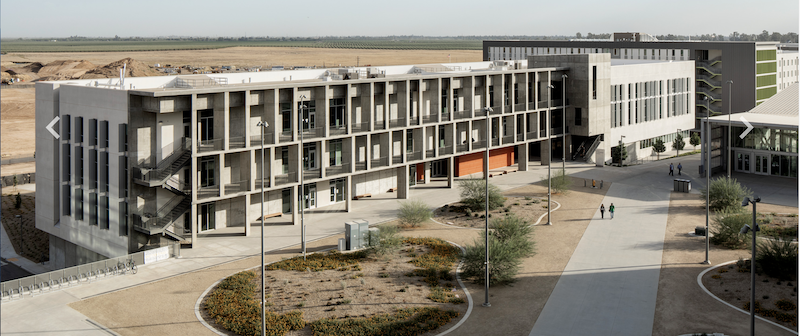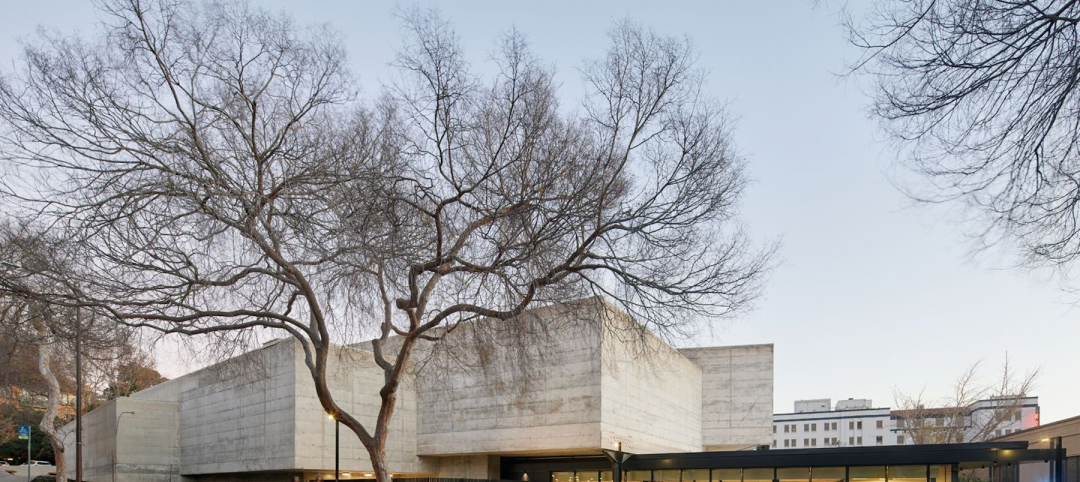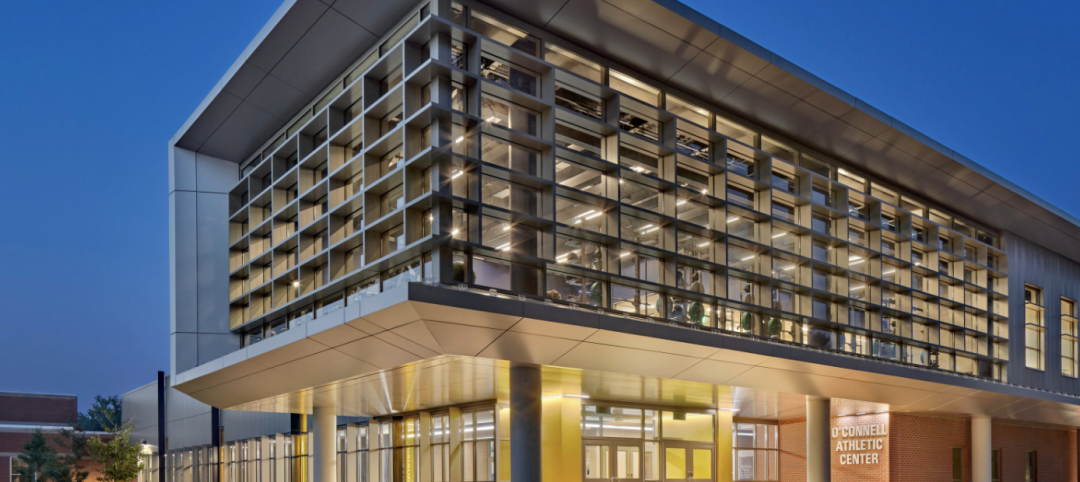Public-Private Partnerships (P3s) have become important structures for financing projects, especially for entities—like state governments and universities, at the moment—that are short on available investment capital.
But P3s change the game when it comes to allocating responsibility and reward. And some partners still enter into these arrangements without a full appreciation of their pros and cons.
WRNS Studio in San Francisco has worked on a number of P3 projects, including the $60 million 90,000-sf Arts and Computational Sciences Building at the University of California at Merced, which opened last year. With global property management consultant WT Partnership and the environmental design consultant Atelier Ten, WRNS has published a white paper that provides insights into forming P3s for Higher Ed projects to ensure smooth collaboration among the stakeholders while at the same time allowing design teams to retain a measure of control and encourage innovation.
“P3 is not business as usual; it calls for a new mindset on the part of University leaders around control over project design, delivery, financing, operations, and maintenance,” the authors state.
The white paper offers eight strategies that universities should be considering before they dive in:
1. UNDERSTAND THE RISKS
The allocation of risk among P3 parties varies and depends upon many factors, including University preference, project type, and market conditions. Typically, the University decides to retain control over select improvements or maintenance areas. Universities should think through and codify the specifics of risk transfer with the Developer partner to identify the appropriate party for handling the risk.
2. BECOME AN EXPERT, HIRE EXPERTS
Key areas of expertise that University leaders should cultivate, internally or through outside consultants, include: cultural, institutional, legal, financial, design, engineering, construction, operations and maintenance.
3. MAKE PARTNERSHIP YOUR PRIORITY
The longevity of the University/Developer relationship—which can last for decades—underscores the need for a partnership mentality that should start during the development of the P3 Business Case and extend to all entities that will inform the project’s success.
4. GAIN BUY-IN AND COMMUNICATE
The steps the white paper recommends include creating a governance board, developing a communications plan, engaging stakeholders early on to craft technical requirements, and lay the ground rules for efficient project delivery.
5. CALIBRATE THE TECHNICAL REQUIREMENTS
TRs are documents that specify comprehensive building requirements. The white paper asserts these documents need to contain the intent, goals, and priorities of the stakeholders. It also cautions about viewing TRs as merely guidelines, which can only lead to costly revisions down the road. TRs should be specific and balance performance versus prescriptive requirements. (The paper also provides tips for writing these documents.)
6. EMBRACE THE FINANCIAL CLOSE AS A CRITICAL MILESTONE
The Project Agreement and Financial Close comprise P3 projects’ binding legal framework. The agreement needs to be analyzed thoroughly, especially concerning the procurement stage. This agreement also needs to take into account the inevitability of change and to build in contingencies. The agreement should anticipate the impact of project reviews relative to budget and schedule.
7. INTEGRATE O&M AND PROJECT LAUNCH
During the course of a 30- to 40-year relationship, Operations and Maintenance (O&M) can represent up to 80% of the full term of the project. But universities’ O&M budgets can be unpredictable and lead to deferred maintenance. “The P3 model can help address this problem,” the authors state, by embedding O&M considerations into design and construction TRs, and by establishing clear lines of responsibility.
8. P3 IS A MARATHON: MANAGE THE SPRINTS AND FOXHOLES
The surest way of achieving this is by implementing accountability and transparency around financial parameters, setting success measures and deal breakers, and requiring a process for decision making.
Related Stories
University Buildings | Jun 7, 2022
Newfoundland university STEM building emulates natural elements, local traditions
Memorial University of Newfoundland (MUN) recently opened a new building that will provide interdisciplinary learning and research space for Faculties of Science and Engineering.
Museums | May 31, 2022
University of Texas at Dallas breaks ground on new 12-acre cultural district
The University of Texas at Dallas (UT Dallas) recently broke ground on the Crow Museum of Asian Art, the first phase of a new 12-acre cultural district on campus.
Building Team | May 20, 2022
Caltech breaks ground on a new center to study climate and sustainability
The California Institute of Technology (Caltech) recently broke ground on its Resnick Sustainability Resource Center.
Laboratories | May 20, 2022
Brutalist former Berkeley Art Museum transformed into modern life science lab
After extensive renovation and an addition, the former Berkeley Art Museum and Pacific Film Archive at the University of California, Berkeley campus reopened in May 2022 as a modern life science lab building.
Sports and Recreational Facilities | May 19, 2022
Northern Arizona University opens a new training center for its student athletes
In Flagstaff, Ariz. Northern Arizona University (NAU) has opened its new Student-Athlete High Performance Center.
University Buildings | May 16, 2022
Yale’s newly renovated Schwarzman Center enriches student campus social life
Robert A.M. Stern Architects (RAMSA) recently unveiled the design of their restoration of the Schwarzman Center at Yale University, which includes dining spaces, a bar, and a food shop.
School Construction | May 11, 2022
New Digital Learning Commons at Rutgers supports doctoral programs in over 16 disciplines
The new Digital Learning Commons at the Rutgers University Archibald S. Alexander Library provides students in over 16 courses of study and four professional schools with spacious collaborative and study space.
Sponsored | BD+C University Course | May 10, 2022
Designing smarter places of learning
This course explains the how structural steel building systems are suited to construction of education facilities.
Performing Arts Centers | May 10, 2022
A historic performance space is transformed to reinforce a campus’ Arts District
Connecticut College’s Athey Center for Performance and Research at Palmer Auditorium balances the old and new.
University Buildings | May 9, 2022
An athletic center accentuates a college’s transformation
Modern design and a student health center distinguish the new addition at The University of Saint Joseph in Connecticut.

















